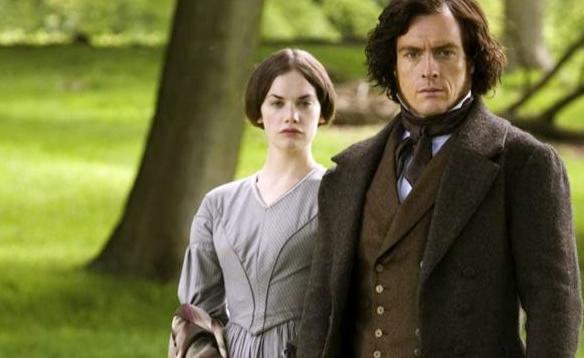The Role of Fate in Jane Eyre
The exploration of fate in Charlotte Brontë’s *Jane Eyre* is a captivating subject that illuminates the complexities of the characters and their journeys. This theme plays a pivotal role in shaping the lives of the protagonists, revealing how fate intertwines with free will and personal choices. Understanding this can enhance our appreciation of the novel and its enduring relevance.
Fate versus Free Will
One of the most profound aspects of *Jane Eyre* is the interplay between fate and free will. Jane’s life is marked by a series of hardships and misfortunes, from her oppressive childhood at Gateshead to her struggles at Lowood School. Yet, it’s her resilience and determination that allow her to carve her own path. Brontë suggests that while fate presents obstacles, it is ultimately the choices we make that define our destinies. Jane’s rejection of Mr. Rochester’s initial proposal—despite her deep love for him—illustrates her commitment to her self-worth and moral values, demonstrating that she is not solely a victim of fate.
The Influence of Society
Fate in *Jane Eyre* is also influenced by societal expectations and class structures. Jane, as an orphaned governess, exists in a precarious position. Her social status traps her, shaping her interactions with characters like Rochester and St. John Rivers. Brontë critiques the rigid class hierarchy of Victorian England, suggesting that fate can be both imposed by society and challenged by individual will. When Jane inherits her uncle’s fortune, it significantly alters her fate, providing her with independence and enabling her to pursue genuine love with Rochester on equal terms. This transformation highlights how financial autonomy empowers her to defy societal constraints.
The Symbolism of the Red Room
The red room, an iconic symbol in *Jane Eyre*, embodies the theme of fate compelling Jane toward a transformative life. As a child, Jane is confined to this chilling space as punishment, which represents her societal rejection and foreshadows her struggles against oppression. The traumatic experience serves as a catalyst for her future defiance and quest for freedom. Throughout the novel, the red room acts as a reminder of the constraints placed upon her, pushing Jane to seek out her destiny actively. In this way, Brontë uses the red room to show that while fate may attempt to hinder, the human spirit’s drive for freedom can ultimately lead to an empowered life.
In conclusion, the role of fate in *Jane Eyre* invites readers to reflect on the delicate balance between destiny and agency. Through Jane’s journey, Brontë presents a powerful message about perseverance and self-determination against the odds. To explore this theme further and discover how it relates to your own life or other literary works, dive deeper into *Jane Eyre* and embrace the beautiful complexities of fate.
